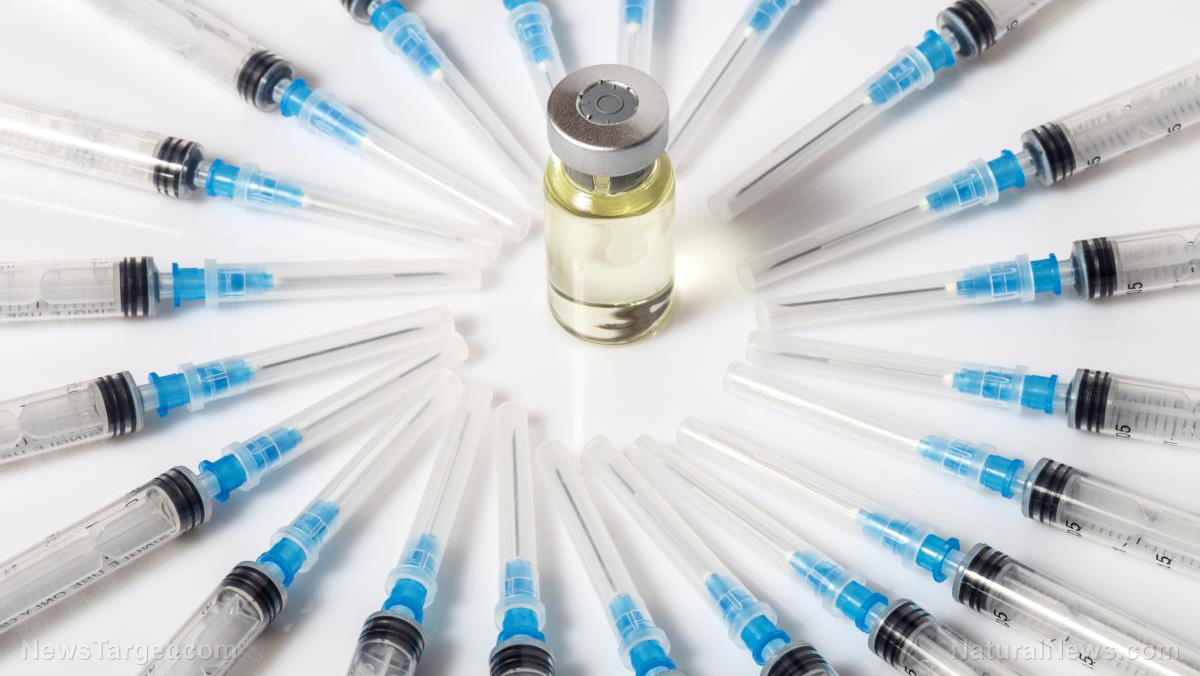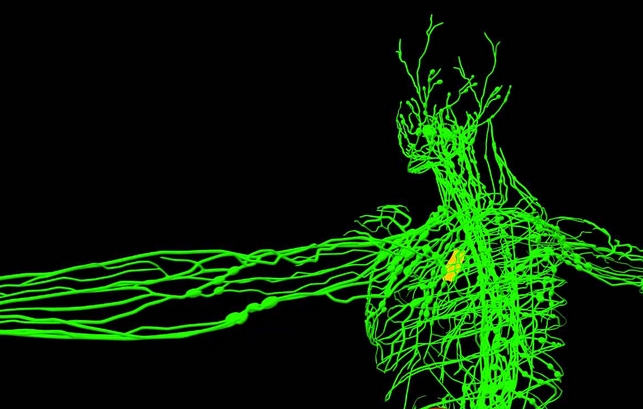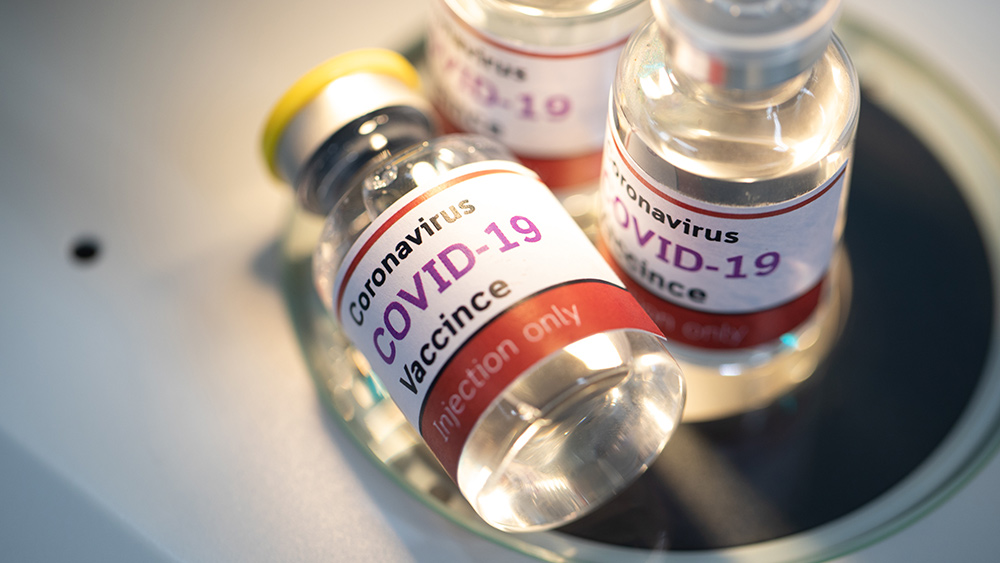Has India achieved “herd immunity”? Coronavirus cases in the worst-hit Asian nation suddenly dip
02/24/2021 / By Virgilio Marin

India, the country with the second-highest number of Wuhan coronavirus (COVID-19) cases, has been mystifying experts after recording a big dip in its coronavirus caseload in recent months.
In September last year, the country was reporting as many as 100,000 new cases every day. But that number suddenly dipped in October. Now, the country is only reporting around 10,000 cases daily, according to Daily Mail.
Some experts posit that the decline was due to India’s major cities nearing “herd immunity” after getting saturated with COVID-19 for the past several months. The virus is believed to have “moved” to rural areas where it is spreading more slowly due to sparser populations.
Herd immunity is achieved when at least 70 to 90 percent of a given population has become immune to a disease.
But some are saying that new coronavirus cases might be underreported due to false-negatives, under-testing and limited access to healthcare. Others note that even if some places have achieved herd immunity, the entire country remains vulnerable to the virus that so far has infected nearly 11 million Indians and caused over 150,000 deaths.
Why is India’s coronavirus caseload dropping?
Experts attribute the dramatic drop in India’s caseload to possible herd immunity, small rural populations, Indians’ potentially stronger immune systems and a less transmissible variant circulating in the country.
Antibody surveys seem to suggest that some of India’s major cities are about to achieve herd immunity. One study shows that 56 percent of people in Delhi – the country’s most populous city – have antibodies to COVID-19. Surveys in Mumbai and Prune also showed that around 50 percent of their respective populations have antibodies.
“The most densely-populated areas are already saturated and reaching the threshold of herd immunity,” Dr. Giridhar Babu, an epidemiologist at the Public Health Foundation of India (PHFI), told the Times. “The virus has now spread to rural areas, but [these areas] are not so dense.”
A slimmer population means that the virus spreads more slowly, which, in turn, brings down daily case figures.
“Rural areas have lesser crowd density, people work in open spaces more and homes are much more ventilated,” explained PHFI president Dr. K. Srinath Reddy. (Related: Are COVID case surges more fake news?)
India also has a younger population and lower rates of obesity – age and obesity are major risk factors for severe COVID-19. The average age of Indians is less than 30, with only 15 percent of adults being overweight and five percent obese, according to 2015 data. The United States, which has the highest number of COVID-19 cases at more than 28 million, has an average age of 38, with 32 percent and 36 percent of adults being overweight and obese, respectively.
Many Indians may have also developed resilient immune systems after being exposed to a variety of diseases. Indian virologist Jacob John said that locals are commonly plagued by dengue, malaria, typhoid, cholera, dysenteries and influenza, among other things. Their “innate immune system,” according to Jacob John, is trained to be on high alert.
It’s possible too that India is dealing with less infectious variants, thanks to air travel restrictions. While the Indian government is allowing passengers to and from certain countries, it was quick to ban flights from nations with dangerous new variants such as the U.K.
However, the trend cannot be attributed to vaccinations since rollout only began in January, with only seven million out of the country’s 1.3 billion population vaccinated so far.
India may be undercounting cases
India’s seeming success in dealing with COVID-19 may also mean that many cases and deaths are going undetected. The country’s testing data shows that just 0.5 people per 1,000 are swabbed each day. That rate is one of the lowest among nations that report similar data.
Reports also indicate that Indians in far-flung regions are less likely to be swabbed than urbanites, which means that as the disease moves away from cities, the number of positive tests appears to decline.
Moreover, the average number of tests carried out per day has been dropping across the whole of the country since mid-December, and the few who were swabbed might have returned false-negatives.
Rijo John, an Indian public health policy analyst, further noted that some states are too dependent on rapid antigen testing. These produce less reliable results than polymerase chain reaction (PCR) testing, which is considered to be the gold standard for COVID-19 detection that uses nasal swabbing.
The picture gets even muddier as some states fail to report which type of test is being used, according to John. “It should be made mandatory for all states to report the [breakdown] of different test types as well as the positives from these,” he said.
Data also suggests that only around 20 percent of deaths in India are medically certified, leaving the remaining 80 percent without an official cause of death. The national government does not require a cause of death to be established before a body is cremated or buried. (Related: The NON-SCANDAL of covid-19 death certificates.)
Babu warns that the true number of deaths may be two or three times higher than the official count of nearly 156,000. And even if some populations are already about to achieve herd immunity, the threat posed by the virus has not completely gone away, as new variants could emerge at any given time.
Read the latest news about the COVID-19 pandemic and how countries are faring at Pandemic.news.
Sources include:
Tagged Under: antibody, coronavirus, coronavirus cases, covid-19, deaths, false negatives, herd immunity, immune system, India, infections, pandemic, rapid antigen test, virus
RECENT NEWS & ARTICLES
ImmuneSystem.News is a fact-based public education website published by Immune System News Features, LLC.
All content copyright © 2018 by Immune System News Features, LLC.
Contact Us with Tips or Corrections
All trademarks, registered trademarks and servicemarks mentioned on this site are the property of their respective owners.



















